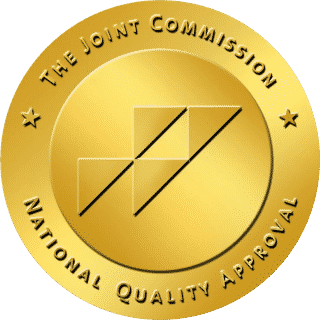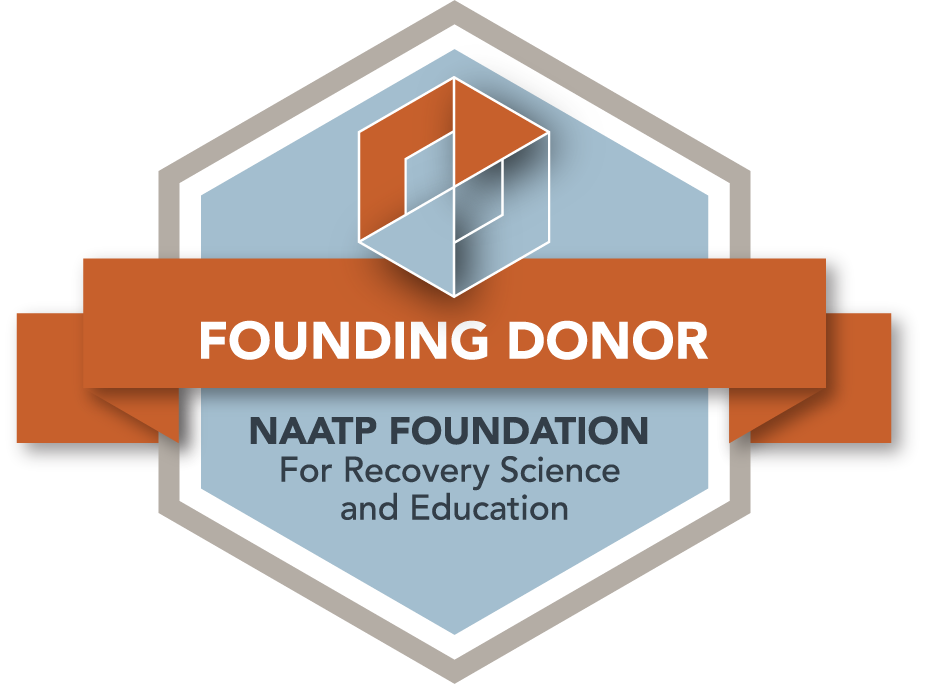What are Inhalants?
Inhalants are commonplace substances which contain dangerous chemicals that have a psychoactive effect when inhaled. Easy to buy over the counter, they are often found around the home or at work and include aerosol paints, felt-tipped colored ink pens, glues, and cleaning liquids.
When used for getting high, these substances are called inhalants. They are the only substances abused primarily by young kids.
Chemicals in inhalants affect users in a variety of ways, but most produce a sudden high similar to drunkenness that lasts just a few minutes. This is followed by sleepiness, dizziness, and anxiety as most inhalants impact the central nervous system and impede brain activity. Inhaled in substantial amounts, they can render the user unconscious.
History of Inhalants
Use of inhalants dates to early human history. Ancient inhalant use is known primarily because it related to mystical practices of which there is written record. Spiritual leaders inhaled fumes from incense, oils, or perfumes to alter consciousness.
By the early 19th century, people began using inhalants for intoxication. The law did not regulate the use of common anesthetics, such as nitrous oxide, ether, and chloroform and they could be bought openly. The upper classes considered use of these inhalants as a polite and inexpensive way to get drunk.
Use of ether as a recreational drug increased in the U.S. in the 1920s during Prohibition when alcohol was illegal.
While there are some state laws regarding inhalants, such as a minimum age for buying glue for models, they are not controlled by federal legislation.
Types of Inhalants
Volatile Solvents
These are liquid inhalants that transform into gasses at room temperature. They include hair spray, paint thinner, nail polish removers, glues, dry-cleaning fluids (such as perchloroethylene), gasoline, correction fluid, and felt-tip coloring markers.
Aerosol Sprays
This category includes substances sprayed from cans under pressure provided by chemical propellants. They include paints, hair sprays, deodorants, vegetable oils, and computer- and camera-cleaning products.
The last group are commonly called “dusters” because of their use to remove dust. Dusters contain gasses such as difluoroethane which displaces oxygen in the lungs, removes carbon dioxide from the blood, and can cause hypoxia.
Gases
These include gases in household or commercial products, and gases used as medical anesthetics. Sources for first category includes butane lighters, refrigerants, and propane tanks. Medical anesthetics include chloroform, ether, halothane, and nitrous oxide.
Nitrites
Nitrites dilate blood vessels and relax muscles. While other inhalants alter moods, nitrites are used to enhance sexual experiences.
The Consumer Product Safety Commission prohibits sales of nitrites, but they can be found in whipped cream dispensers (known as whippits) or marketed for such uses as video head cleaners or room odorizers and marked “not for human consumption.”
Whippits have become especially popular with young persons, prompting state laws regulating their sale to those under 21 years of age.
How do People Use Inhalants?
People who use inhalants breathe in the chemical vapors in several ways.
- Bagging—substances are sprayed or placed inside a paper or plastic bag, then inhaled directly from the bag
- Huffing from chemical-soaked rags stuffed inside the mouth
- Inhaling nitrous oxide (“laughing gas”) from balloons
- Sniffing or Snorting vapors directly from the container
- Spraying aerosols directly into the nose or mouth
Signs of Inhalant Drug Abuse
Evidence that someone is using inhalants includes:
- Clumsiness, negligence, despair, and irritability
- Concealed empty spray or solvent cans, and chemical-saturated rags or clothing
- Chemical odors on breath or clothing
- Paint or other stains on body or clothing
- Red runny nose or weepy eyes
- Inebriated or confused look
- Engages in unsafe sex
- Garbled speech
- Nauseated or not hungry
What Harmful Effects Do Inhalants Produce?
Long-term effects of inhalant abuse include:
- Brain damage due to ceased oxygen flow
- Damage to bone marrow
- Damage to liver and kidney
- Deafness
- Nerve injury leading to coordination loss and limb spasms
- Delayed behavioral development in children
Because some people abuse nitrites for sexual gratification, they may engage in unsafe sexual practices or other hazardous conduct, increasing the possibility of contracting and spreading infectious diseases.
Overdose and Sudden Sniffing Death
As with most drug use, inhalant overdose is possible. Many aerosols and solvents consist of numerous chemicals with various active ingredients. Inhaling them can cause heart failure within minutes.
Sudden sniffing death can happen to otherwise healthy young boys and girls the first time they use an inhalant. They may also suffocate if they use inhalants with a plastic or paper bag over their heads in a small, enclosed area like a closet.
Is Addiction Possible with Inhalant Use?
It does not happen often but continued use of inhalants—like other drugs and dangerous substances–can cause addiction or a substance use disorder. These can result in a toxic reaction, other health problems and irresponsible behavior.
What are the Withdrawal Symptoms?
A person who tries to quit steady use of inhalants may suffer these health effects:
- Upset stomach or appetite loss
- Profuse sweating
- Sudden mood changes
More Information for Teens
Youth use inhalants more than any other age group. Parents worried about drug abuse have several creditable sources of information on the Internet.
The National Institute on Drug Abuse (NIDA) provides an online resource for teenagers, NIDA for Teens Drug Facts on Inhalants.
The U.S. National Library of Medicine has several articles on the subject, including A Parent’s Guide to Preventing Inhalant Abuse.
The website of the National Institutes of health also provides helpful information.
About La Hacienda Treatment Center

La Hacienda Treatment Center has successfully treated women and men for addiction, drug abuse, and alcoholism for 50 years. Our attractive 40-acre campus in the Texas Hill Country provides a serene, therapeutic environment and aids healing.
La Hacienda’s drug abuse treatment program includes medical and detoxification services, 12-step programs, cognitive behavioral therapy, and other therapeutic activities.
Our admission, medical and clinical teams work together to formulate an individualized treatment plan for each patient. Information to help them in the days, months, and years after they leave La Hacienda, including contact with other alumni of our program, is a part of the program.
Because substance use disorders impact families as well as the person struggling with addiction, we offer an on-campus Family Program to improve communication and disabuse loved ones of false beliefs about the disease.
If you or someone you know is fighting inhalant abuse or exhibiting the negative health effects of misuse of other substances, please call (800) 749-6160 and talk with one of our onsite Admission specialists.
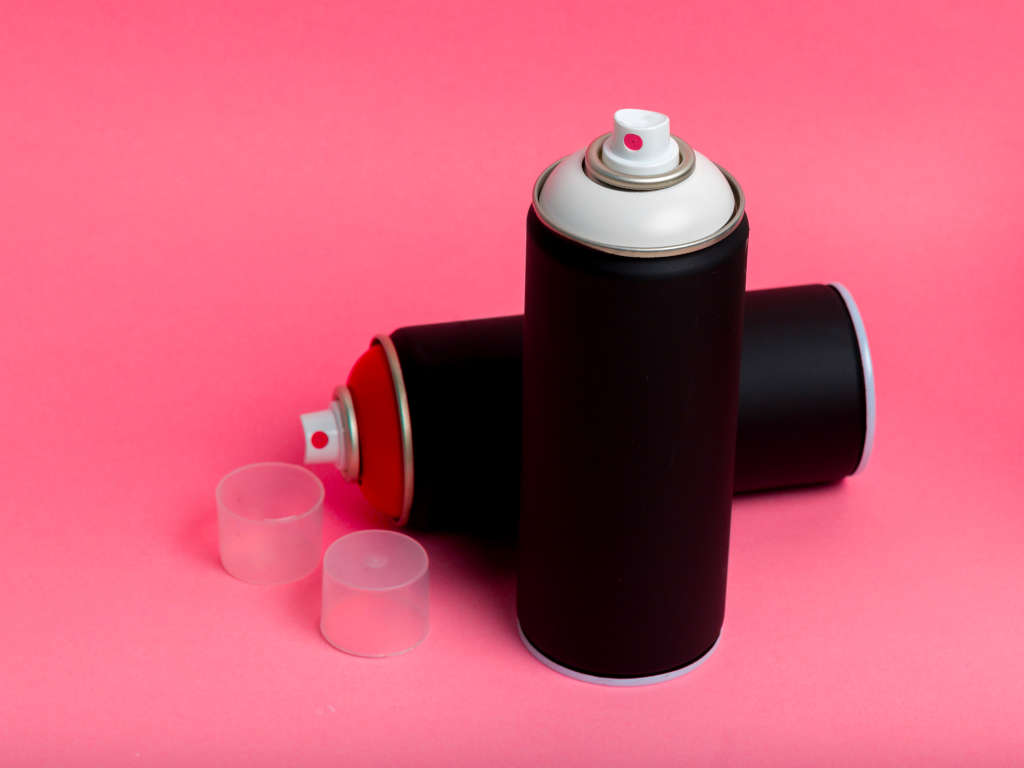
Spray Paint
When using spray paints the high comes from the chemical propellant, not the paint, when users inhale aerosol paints.
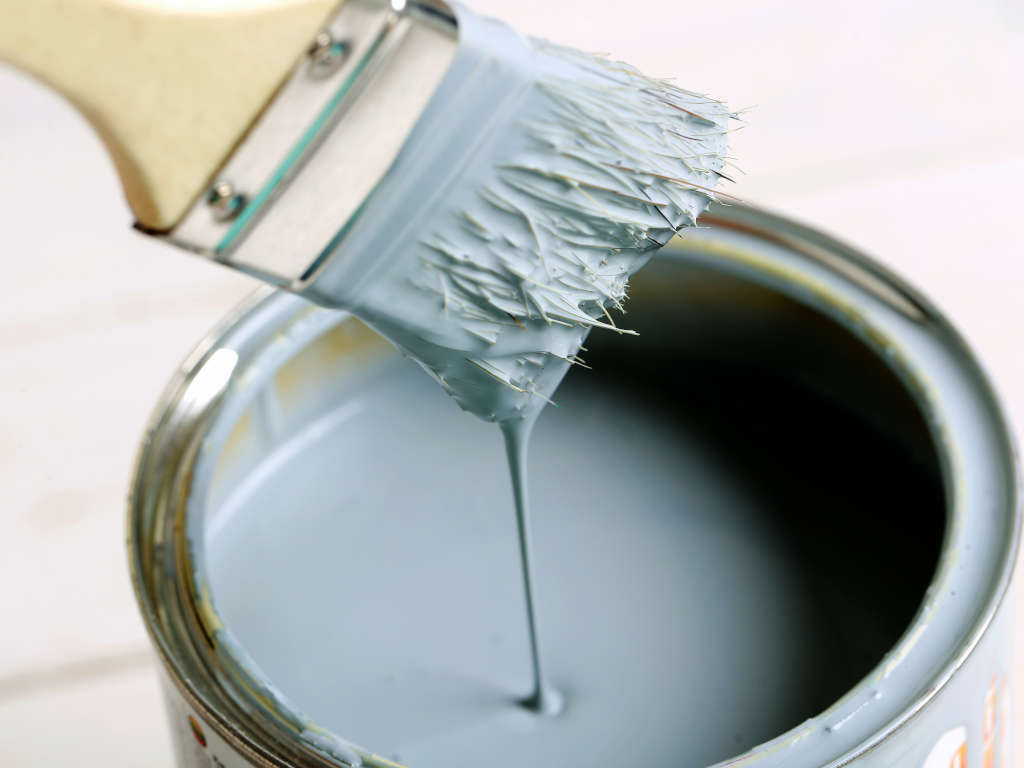
Volatile Solvents
Liquid substances that transform into gasses at room temperature. They include hair spray, paint thinner, nail polish removers, glues, correction fluids, and felt-tip coloring markers.
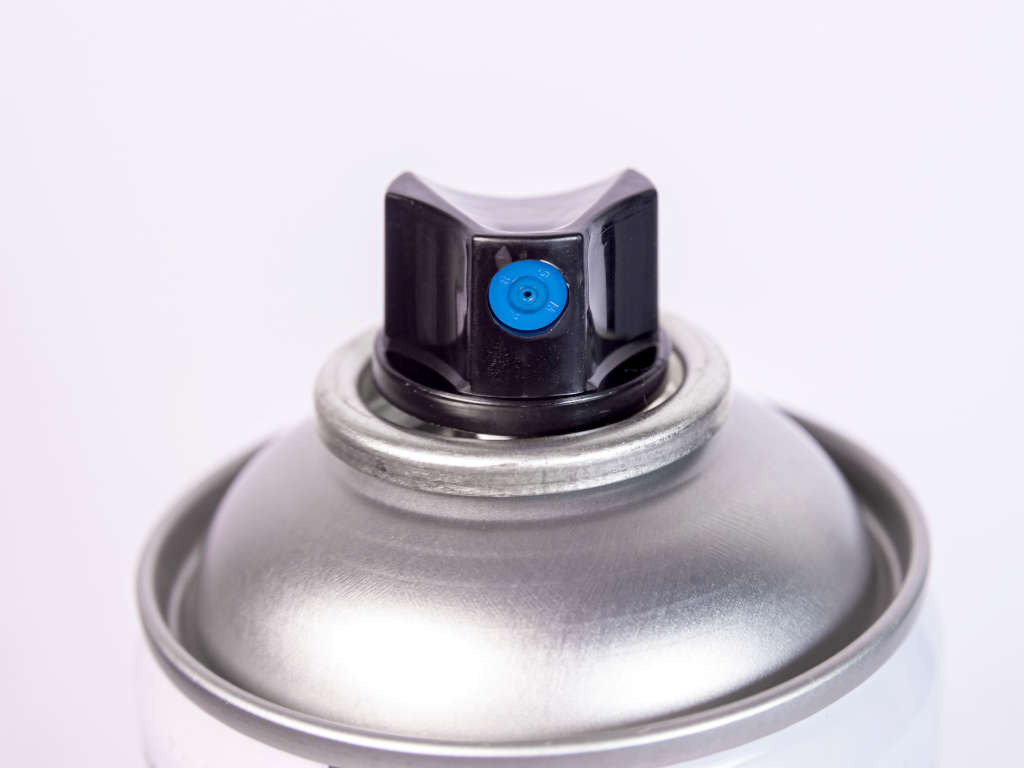
Aerosols
Aerosols are cans of substances that spray under pressure provided by chemical propellants include paints, hair sprays, deodorants, computer cleaning products and vegetable oils.
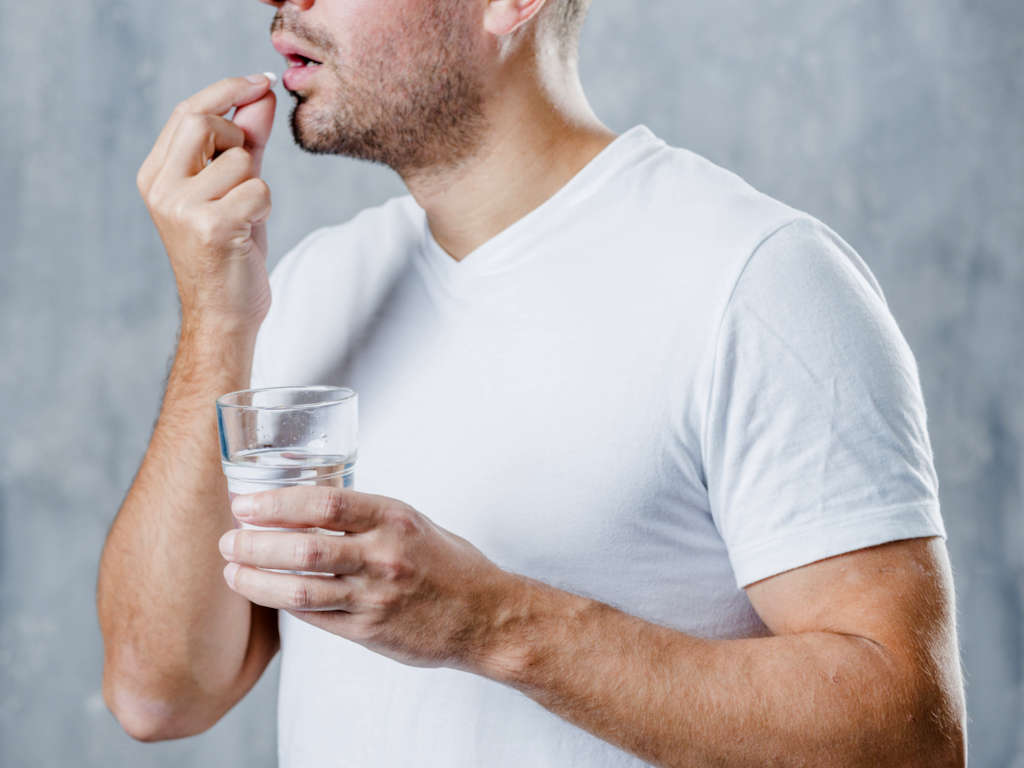
Nitrites
Nitrites, such as amyl nitrite, are used as prescription medicines for chest pain. While other inhalants alter moods, nitrites are recreationally used to enhance sexual experiences.
